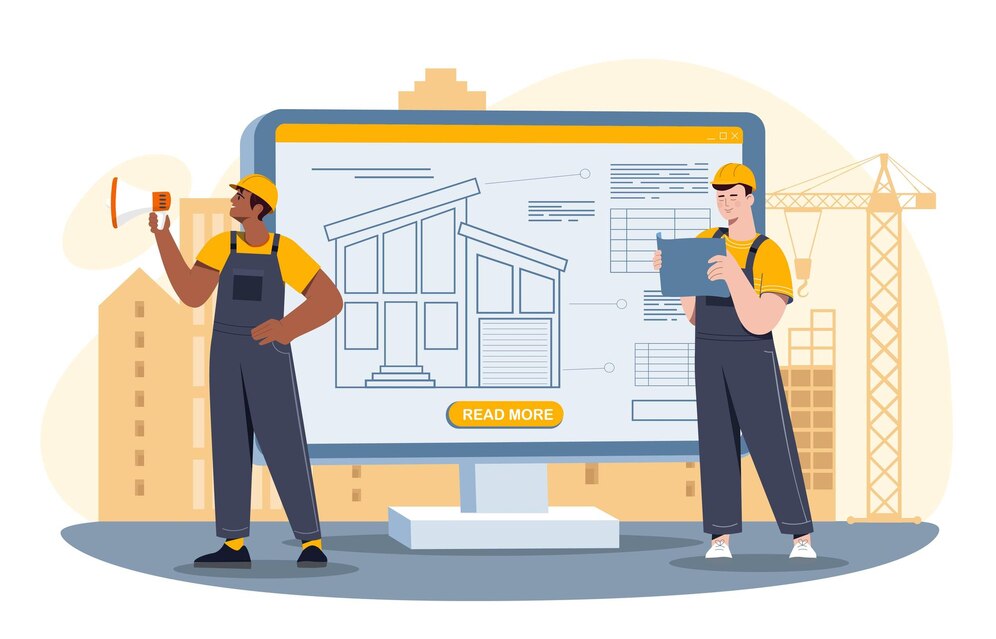For over a century, our skylines have been defined by the stark grey of concrete and the rigid skeleton of steel. They are symbols of progress, strength, and modernity. But they come with a hidden, heavy cost. The construction industry is one of the world’s largest contributors to carbon emissions, with cement production alone accounting for a staggering 8% of the global total. Our homes and offices, meant to shelter us, are inadvertently contributing to the climate crisis.
But what if our buildings could be different? What if, instead of being part of the problem, they could be part of the solution? Imagine a home that actively purifies the air, regulates its own temperature, and at the end of its life, simply returns to the earth. This isn’t science fiction. This is the promise of a revolution quietly taking root in the world of construction: the shift towards bio-based building materials. And leading the charge is a remarkable, and once controversial, plant: hemp.

Hempcrete: More Than Just a Buzzword
When you hear the word hemp, construction might not be the first thing that comes to mind. But by combining the woody inner core of the hemp stalk (the hurd or shiv) with a lime-based binder and water, we get hempcrete. It’s not a direct, load-bearing replacement for concrete you still need a structural frame, often timber, but its properties as an infill material are nothing short of revolutionary.
The true magic of hempcrete lies in its relationship with carbon. As the industrial hemp plant grows, it’s a powerhouse of photosynthesis, absorbing significant amounts of CO₂ from the atmosphere. When this hemp is harvested and locked into a hempcrete wall, that carbon is sequestered for the life of the building. The lime binder, as it cures over time, also absorbs CO₂, turning from lime putty back into stone (calcite). This dual action makes hempcrete a carbon-negative building material. In simple terms, a building made with it can store more carbon than was emitted during its construction.
But the benefits don’t stop there. Anyone who has lived in a hempcrete home will tell you about the walls that “breathe.” Unlike concrete walls sealed with plastic vapor barriers, hempcrete is vapor-permeable. It naturally absorbs excess moisture from the air when humidity is high and releases it when the air is dry. This creates a stable, healthy indoor environment, drastically reducing the risk of dampness and toxic mould.
Furthermore, hempcrete is a phenomenal insulator. Its cellular structure traps air, creating exceptional thermal performance. This means homes stay cooler in the summer and warmer in the winter, leading to a significant reduction in energy bills for heating and cooling. It’s also fire-resistant, a deterrent to pests like termites, and surprisingly lightweight, which can reduce foundation costs.
The Supporting Cast: Meet the Other Bio-Based Innovators
While hempcrete is grabbing headlines, it’s part of a much larger ecosystem of green building materials that are transforming how we think about construction. These materials often blend ancient wisdom with modern science.
Mycelium: The Fungal Architect
Imagine a brick that isn’t fired in a kiln but is grown in a mould. This is the reality of mycelium, the root network of fungi. By feeding agricultural waste like corn husks or sawdust to mycelium, it can be grown into any shape imaginable in a matter of days. Once dried, it becomes a strong, lightweight, and incredibly insulating material. Companies are already developing mycelium bricks, insulation panels, and acoustic tiles. It’s a perfect example of a circular economy, turning waste into a high-performance building product that is fully compostable.
Bamboo: The Green Steel
In many parts of Asia, bamboo construction has been a tradition for centuries. Now, the rest of the world is catching on. Bamboo is a type of grass that grows incredibly fast, reaching maturity in just three to five years, compared to decades for hardwood trees. It possesses a tensile strength comparable to steel, making it a viable option for structural frames, flooring, and scaffolding. Modern engineering techniques, like laminating bamboo strips together, are unlocking its potential for larger and more complex architectural designs.
Cork: The Insulator That Grows on Trees
Harvested from the bark of the Cork Oak tree without ever harming it, cork is a truly renewable resource. The bark regenerates every nine years, ready for another harvest. As a building material, cork insulation is a champion. It provides excellent thermal and acoustic insulation, is fire and water-resistant, and naturally antimicrobial. From insulation boards to flooring, its versatility and sustainable credentials make it a prime choice for eco-conscious builders.
Straw Bales: Old Wisdom, Modern Application
Once seen as a rustic, niche technique, straw bale construction is gaining renewed respect. Using tightly compacted bales of straw an agricultural byproduct that is often burned, as infill for walls creates a super-insulated building envelope. When properly protected with a natural plaster, straw bale walls are durable, fire-resistant, and offer outstanding thermal performance for a very low cost.
Also Read: Wellington’s Vertical Challenge: Mastering Construction on Steep and Complex Sites
From Niche to Mainstream: The Path to a Bio-Based Future
Despite their immense potential, these materials face hurdles on their journey to widespread adoption. The future of sustainable construction depends on clearing these obstacles.
- Regulation and Building Codes: Many current building codes are written for concrete and steel. They need to be updated to incorporate performance standards for materials like hempcrete and bamboo, giving architects and builders the confidence and legal framework to use them.
- Supply Chain and Scalability: To build at scale, we need a robust supply chain. This means more farmers growing industrial hemp, more processing facilities to create hemp hurds, and regional hubs for producing mycelium and other materials. As demand grows, this infrastructure will follow.
- Education and Skills: Working with bio-based materials requires a different skill set than conventional construction. We need to train a new generation of architects, engineers, and tradespeople who understand how to design with and build with these natural alternatives.
- Shifting Perceptions: The biggest barrier is often mindset. We’ve been taught that strength comes from heavy, dense materials. We need a cultural shift to understand that durability can also be light, flexible, and living. The story of these materials, their ability to create healthier homes and a healthier planet is key to changing public perception.
A Greener Blueprint for Tomorrow
The move towards hempcrete and other bio-based building materials isn’t just about swapping one material for another. It’s a fundamental rethinking of our relationship with our built environment. It’s about seeing our buildings not as inert objects separate from nature, but as dynamic systems that are integrated with it.
The future of construction won’t be a world without concrete or steel; they will still have their place. But it will be a world where they are used more thoughtfully, complemented by a diverse palette of materials that are renewable, non-toxic, and carbon-storing. We are standing on the cusp of an era where our homes can be as alive as the forests they came from, creating a healthier future for both people and the planet. The blueprint is drawn; it’s time to start building.
